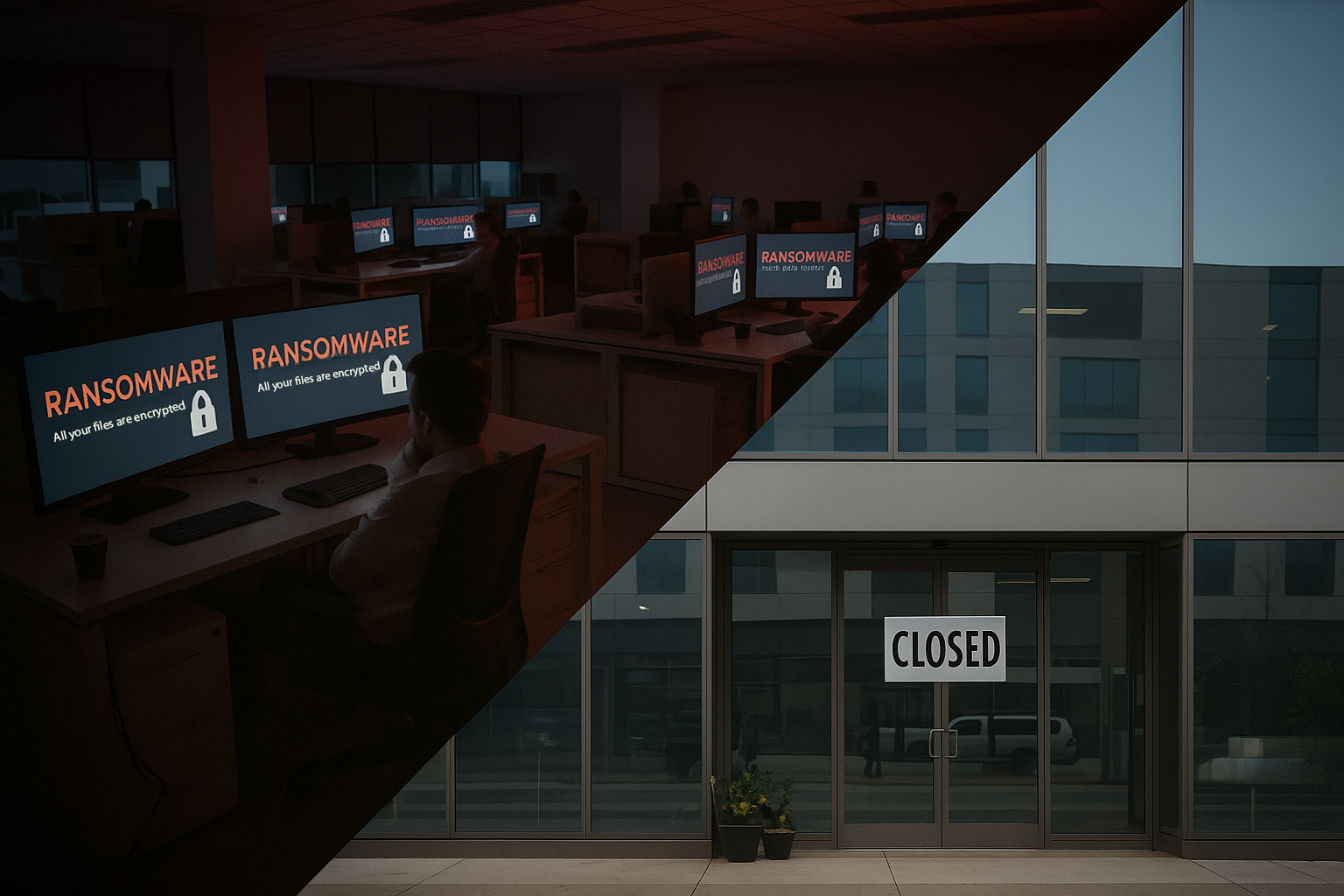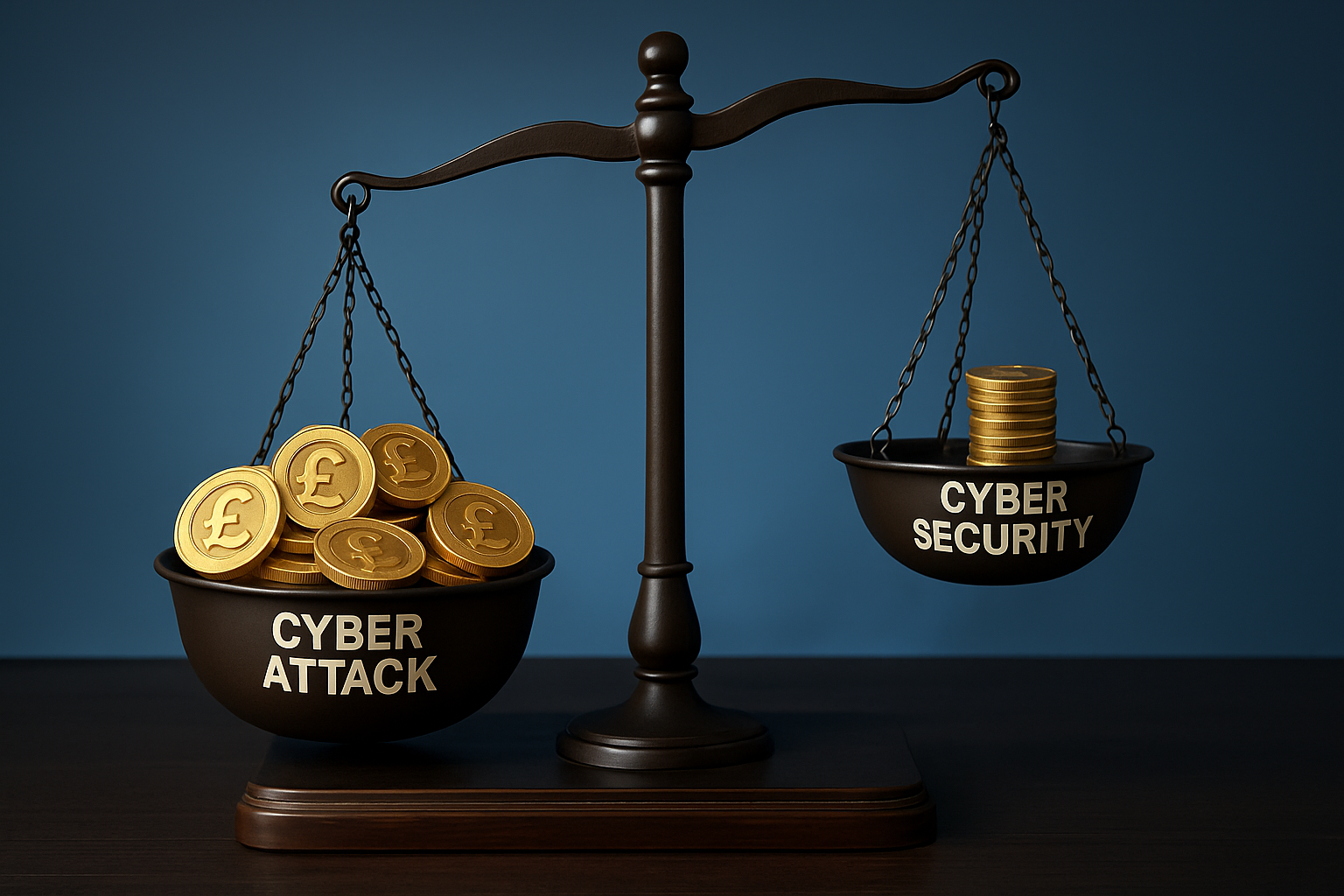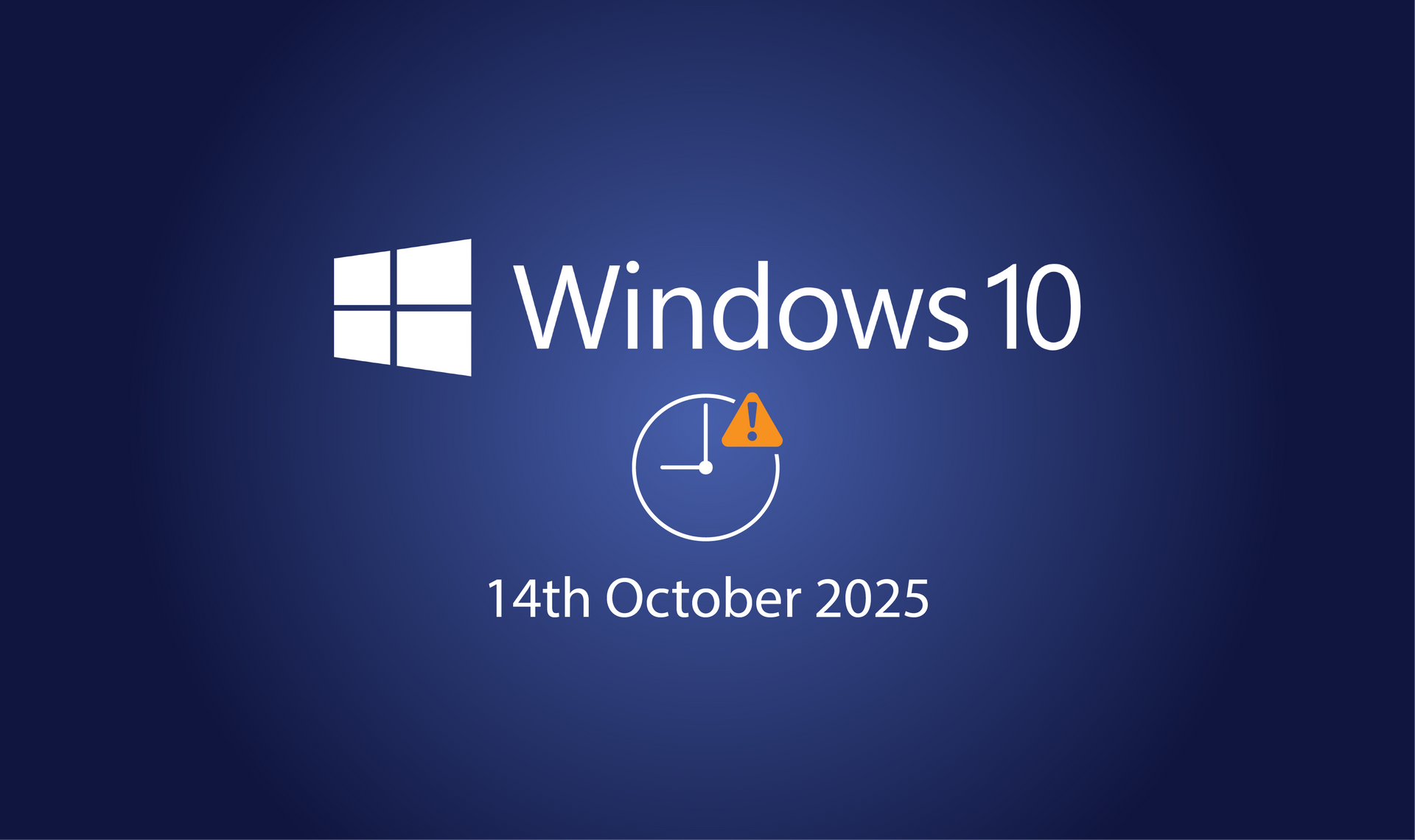What Is EDR and Why It’s Essential for Modern Cyber Security
Cyber threats are constantly evolving, and traditional antivirus software alone is no longer enough to keep businesses protected. Endpoint Detection and Response (EDR) provides a smarter, more proactive way to detect and stop attacks before they cause damage.
In this guide, we’ll explain what EDR is, how it works, and why it’s become a vital part of modern cyber security.
What is EDR?
EDR stands for Endpoint Detection and Response, a modern cyber security technology designed to monitor, detect, and respond to threats across your business devices — known as endpoints. These include laptops, desktops, servers, and mobile devices connected to your network.
Traditional antivirus tools mainly focus on identifying known viruses or malware using signature-based detection. While this approach can block common threats, it’s no longer enough to stop advanced attacks that constantly evolve or disguise themselves. This is where EDR steps in.
EDR continuously analyses activity on your endpoints, spotting suspicious behaviour such as unusual login attempts, unauthorised software installations, or unexpected data transfers. When something unusual is detected, it alerts IT teams or automatically takes action to contain the threat before it spreads.
How Does EDR Work?
EDR operates in real time and combines multiple layers of defence. It collects and analyses data from every endpoint, looking for signs of malicious activity that might otherwise go unnoticed.
Key components include:
- Continuous Monitoring: Constantly tracks endpoint activity to identify unusual behaviour.
- Threat Detection: Uses artificial intelligence (AI) and behavioural analysis to detect both known and unknown threats.
- Incident Response: Automatically isolates infected devices to prevent malware from spreading across the network.
- Investigation and Reporting: Provides detailed insights into what happened, how the attack occurred, and what data may have been affected.
In essence, EDR doesn’t just block threats — it learns from them. This helps businesses adapt to new attack methods and strengthen their defences over time.
Why EDR is Critical for Businesses
Cyber threats are becoming more sophisticated and targeted, especially against small and medium-sized businesses. Attackers often look for weak points, such as an unprotected laptop or out-of-date software, to gain access to sensitive data.
EDR plays a crucial role in modern cyber security by:
- Reducing Detection Time: Traditional tools may take hours or days to identify a breach. EDR spots suspicious activity almost instantly.
- Stopping Ransomware Early: EDR can detect and contain ransomware before it encrypts your files, limiting damage and downtime.
- Improving Compliance: Many industry standards and cyber insurance policies now require advanced endpoint protection.
- Supporting Remote Work Security: With employees working from multiple locations, EDR provides visibility across all connected devices.
- Delivering Peace of Mind: Knowing that your systems are constantly monitored helps reduce risk and potential financial losses.
Breaking Down the Jargon
Cyber security terms can be confusing, so here’s a quick breakdown:
- Endpoint: Any device connected to your network (computer, laptop, mobile phone, server).
- Threat Actor: A person or group responsible for launching cyber attacks.
- Malware: Malicious software designed to damage, disrupt or steal data.
- Behavioural Analysis: Technology that detects threats based on unusual activity rather than known virus signatures.
- Containment: The process of isolating an infected device to stop an attack spreading.
Understanding these basics helps businesses see why EDR is such a vital part of a complete cyber security strategy.
EDR vs Traditional Antivirus
While both EDR and antivirus solutions are designed to protect your systems, they differ in scope and intelligence.
| Feature | Traditional Antivirus | EDR (Endpoint Detection & Response) |
|---|---|---|
| Detection Method | Signature-based (known threats) | Behavioural and AI-based (unknown threats) |
| Response | Limited or manual | Automated isolation and investigation |
| Monitoring | Periodic scans | Continuous, real-time monitoring |
| Visibility | Basic logs | Full endpoint activity tracking |
| Threat Intelligence | Static | Adaptive and learning |
For complete protection, businesses benefit most when EDR is combined with antivirus and other security layers such as firewalls, patch management, and data backup.
Why Every Business Needs EDR
No matter the size of your business, a single cyber attack can cause serious financial and reputational damage. EDR provides the visibility and speed needed to stop these threats before they become costly incidents.
By detecting advanced attacks that traditional antivirus tools miss, EDR has become a must-have component of any professional cyber security setup. It’s particularly important for businesses handling sensitive information, customer data, or operating online services.
Protect Your Business with CED Technology
At CED Technology, we provide advanced EDR solutions as part of our managed cyber security services. Our systems constantly monitor, detect, and respond to threats across your network — keeping your business safe around the clock.
If you’d like to strengthen your cyber security and protect your devices from evolving threats,
get in touch today by clicking the button below or visit our
Cyber Security page to learn more about our EDR and protection plans.
Share this post
RECENT POSTS












